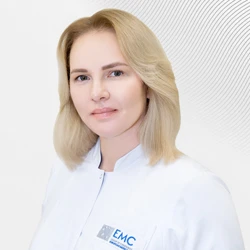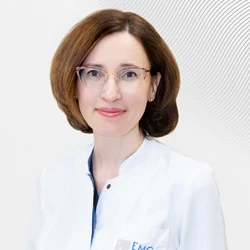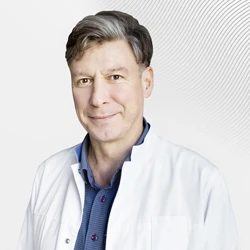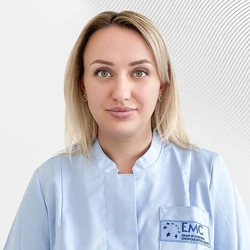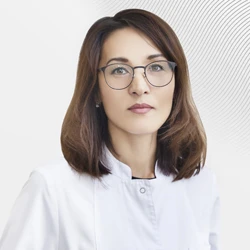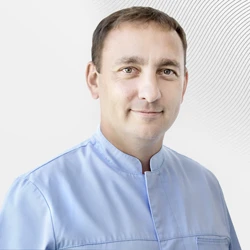Cerebral palsy (cerebral palsy)It is a diagnosis that unites very different patients, both in terms of the type of clinical manifestations and their severity. The main one for all is a violation of the development of motor skills as a result of brain damage during early development, that is, in the prenatal period, during childbirth or in infancy.
The prognosis of the disease depends on the severity of cerebral palsy. Some patients are almost indistinguishable from healthy children and experience only mild difficulties when engaged in active sports. Another part of the patients is practically unable to move independently, even to overcome gravity, they need outside help.
The main clinical manifestations of cerebral palsy
The main manifestation of cerebral palsy is a violation of the child's motor development, lagging behind the pace of formation of motor skills from the age norm. The clinical picture may be complemented by symptoms such as dislocations and contractures of joints, delayed development of the psycho-speech sphere, epilepsy, visual and hearing impairments.
Cerebral palsy is characterized by a violation of muscle tone. The most common form of it is hypertension, or increased muscle tone. It is also called muscle spasticity. Clinically, this is manifested as follows: it is impossible to fully straighten or bend the limbs in the joints, even in the absence of resistance from the child. Individual muscle groups are in constant tension, and limb segments can often assume an unusual constrained position.
Is it possible to cure cerebral palsy?
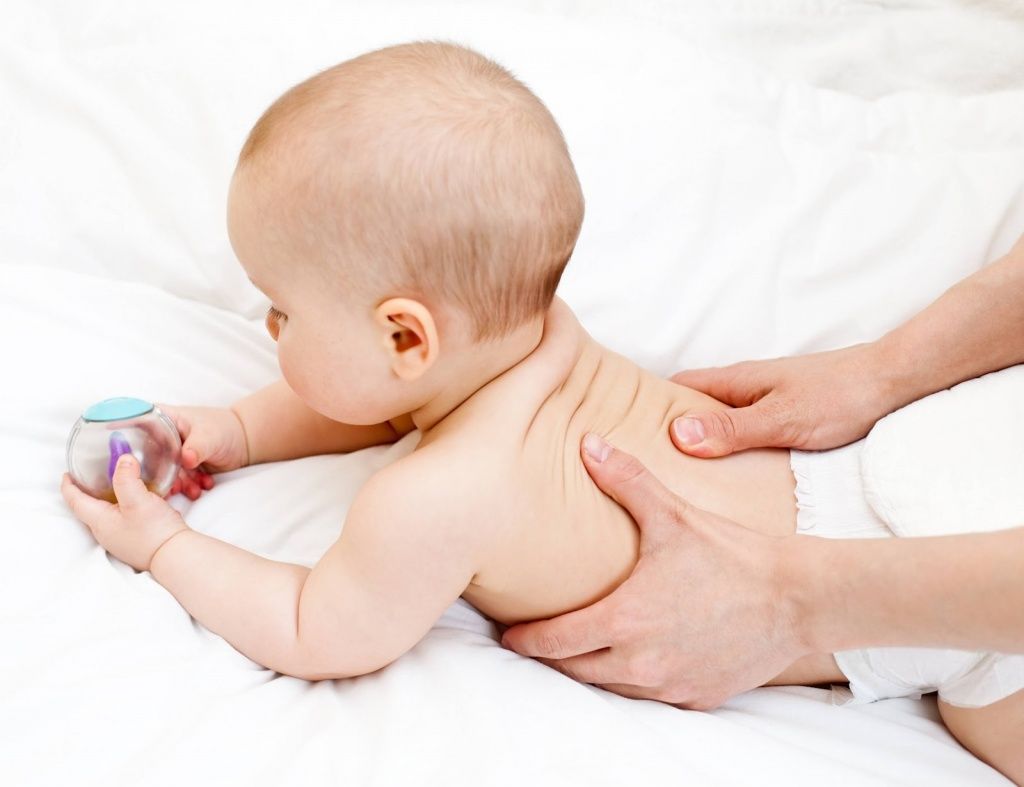 It is important to understand that the treatment of children with cerebral palsy is a long and continuous process, there is no isolated method of treating childhood cerebral palsy. Rehabilitation of such patients requires the involvement of specialists of various profiles.
It is important to understand that the treatment of children with cerebral palsy is a long and continuous process, there is no isolated method of treating childhood cerebral palsy. Rehabilitation of such patients requires the involvement of specialists of various profiles.
There is a certain set of basic treatment methods that form the basis for the rehabilitation of children with cerebral palsy, and auxiliary ones that can complement the main treatment.
The main methods of rehabilitation of children with cerebral palsy:
- kinesiotherapy (physical therapy),
- mechanotherapy, etc.
This is something that needs to be emphasized, because without active formation and training of movement skills, it is impossible to achieve lasting results.
According to international experts, several more rehabilitation methods are included in the set of mandatory ones:
- conservative orthopedic treatment (wearing special shoes, orthoses, the use of auxiliary technical means of rehabilitation (roller, walker, cane, etc.));
- botulinum therapy.
At certain stages, intrathecal administration of baclofen and surgical treatment are possible.
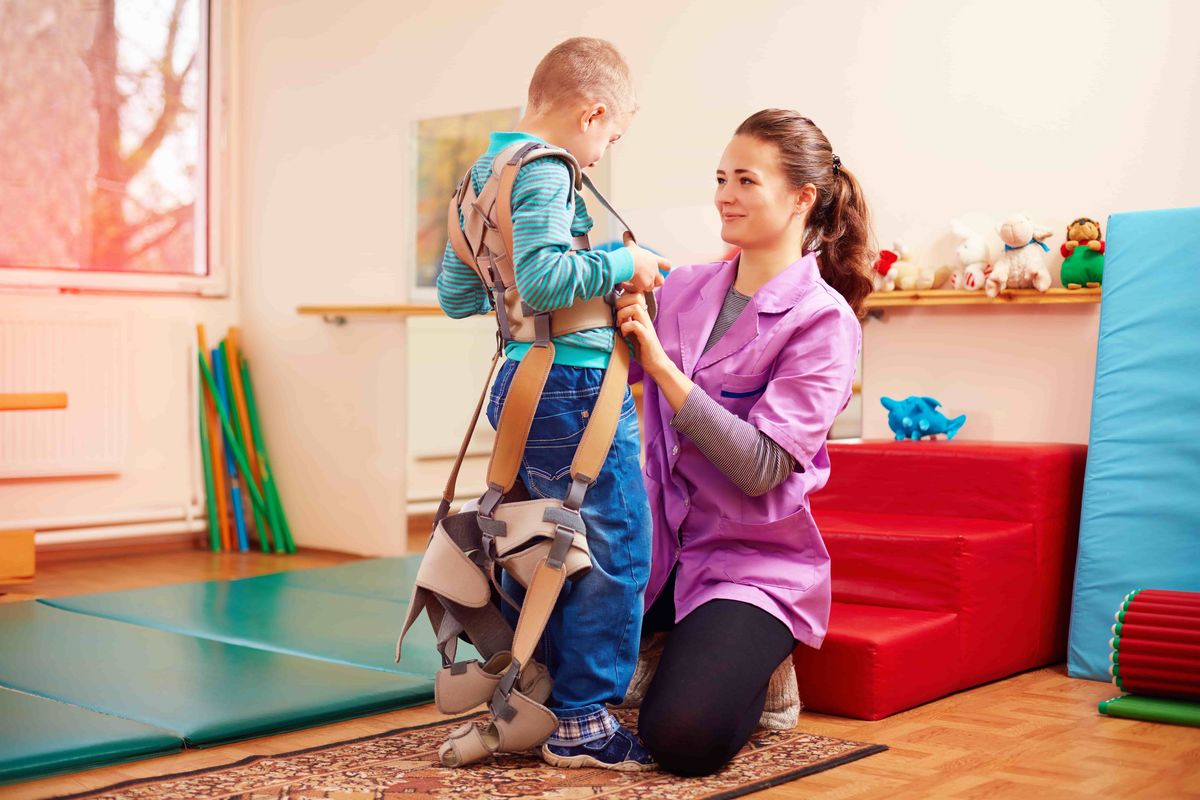 In world practice, the use of botulinum toxin type A (BTA) preparations has been recognized as the main method of controlling local spasticity in children with cerebral palsy. According to international standards, the effectiveness and safety of this method in controlling spasticity in children with cerebral palsy is rated as level A – the highest. It is a mandatory component of the comprehensive rehabilitation program for patients with cerebral palsy, along with physical therapy and conservative orthopedic methods (orthotics, step-by-step plastering, etc.).
In world practice, the use of botulinum toxin type A (BTA) preparations has been recognized as the main method of controlling local spasticity in children with cerebral palsy. According to international standards, the effectiveness and safety of this method in controlling spasticity in children with cerebral palsy is rated as level A – the highest. It is a mandatory component of the comprehensive rehabilitation program for patients with cerebral palsy, along with physical therapy and conservative orthopedic methods (orthotics, step-by-step plastering, etc.).
Significant control over spasticity can be achieved with a combination of BTA and subsequent step-by-step casting of the lower limb. The method of step-by-step casting consists in applying a plaster cast to the foot and shin, with maximum removal of the foot to the physiological position. The bandage is applied for 7 days, followed by its removal, control of the effect and, if necessary, repeated casting.
Modern materials make it possible to maintain the ability to walk, despite the plastic plaster applied, and the pre-injected botulinum toxin reduces the tone of the muscles of the lower limb, increases their extensibility and reduces the discomfort that often accompanies the process of limb immobilization.
The specialists of the EMC Children's Clinic are developing an individual botulinum therapy program with step-by-step plaster, optimal for each patient, which makes it possible to alleviate the physical condition of children with cerebral palsy and significantly improve their motor abilities.
Learn more about botulinum therapy
Botulinum therapy is a method of treating diseases using botulinum toxin (BTA) preparations. In neuropediatrics, botulinum toxin (not to be confused with the term "botulism") is used to normalize increased muscle tone mainly in patients with cerebral palsy. Botulinum toxin blocks the transmission of an impulse from a nerve fiber to a muscle. This reduces muscle contraction and leads to a decrease in muscle tone.
Since its discovery in the 80s of the twentieth century, extensive experience has been gained in the use of type A BTA in neuropediatrics. The results of the treatment of about 10,000 children with cerebral palsy have shown the high effectiveness of the use of botulinum toxin type A drugs and, most importantly, the highest level of safety for the life and health of children.
The modern standard for BTA injections is visualization of the injection points and process. EMC Children's Clinic specialists use ultrasound and electromyography to monitor the accuracy of BTA injections in children, which helps to eliminate errors during the procedure.
How is the BTA injection procedure?
The drug is injected into the muscle, the muscle tone of which is planned to be reduced. Therefore, the duration of the procedure depends on the number of muscles into which the doctor will inject the drug. BTA doses are calculated according to the weight and individual characteristics of each child. BTA can only be administered by a doctor who has received a special certificate.
How painful are injections of botulinum toxin preparations?
Patients describe the sensations as an unpleasant tingling sensation, a slight burning sensation at the injection site.In children, it is possible to use local analgesic creams to reduce pain sensitivity at the injection site. Specialists in Europe and North America actively use mask anesthesia and/or prescribe mild medication sedatives. This facilitates the procedure of introducing BTA into the muscles and prevents the child from forming a negative attitude towards treatment.At the EMC, we also have the opportunity to perform BTA injections using an anesthetic aid, since we have the necessary equipment and modern safe means of anesthesia for this.
How is the effect of botulinum toxin manifested?
First of all, under the influence of BTA, muscles become more elastic and soft. The limbs are more easily amenable to passive movements, which were previously difficult and sometimes impossible due to spasticity. The soreness that previously accompanied the process of stretching muscles, wearing splints and physical therapy sessions decreases, and often disappears altogether.
Against this background, one should not immediately expect an improvement in gait and rapid formation of motor skills. Sometimes false deterioration is possible. This is due to the fact that when the muscles relax, the previously formed incorrect stereotype of movement breaks down, and a new one has not yet had time to form. That is why it is so important to actively engage in kinesiotherapy after the introduction of BTA.
How long will the effect of botulinum toxin administration last?
The effect of the medicine does not appear immediately, it takes several days. On average, the effect becomes noticeable after 5-7 days, but you may notice positive changes within a few hours after the injection. The effect of BTA increases over 3-4 weeks, after which it remains stable for an average of 3-4 months. Often in children, the effect can last much longer: from 6 months to 1 year.
At the EMC Children's Clinic, children with cerebral palsy can receive the full range of basic and additional rehabilitation methods described above. Pediatric neurologists, rehabilitologists, orthopedic traumatologists, speech therapists, psychologists and other specialists necessary for the child work with children. A continuous and comprehensive approach allows us to achieve visible results and significantly improve the quality of a child's life.







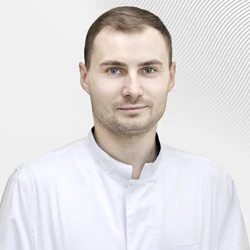
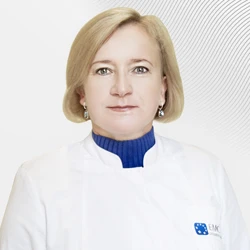
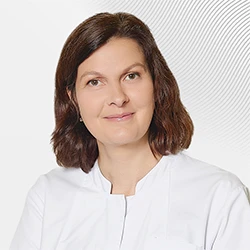
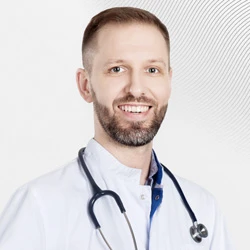
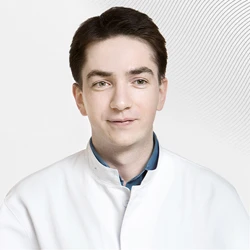
.webp)
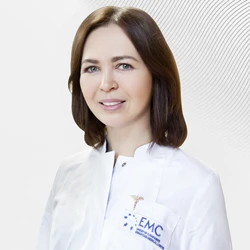
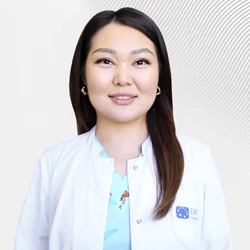
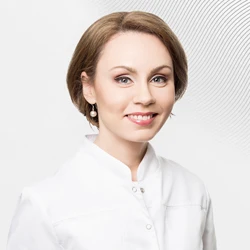

.webp)
